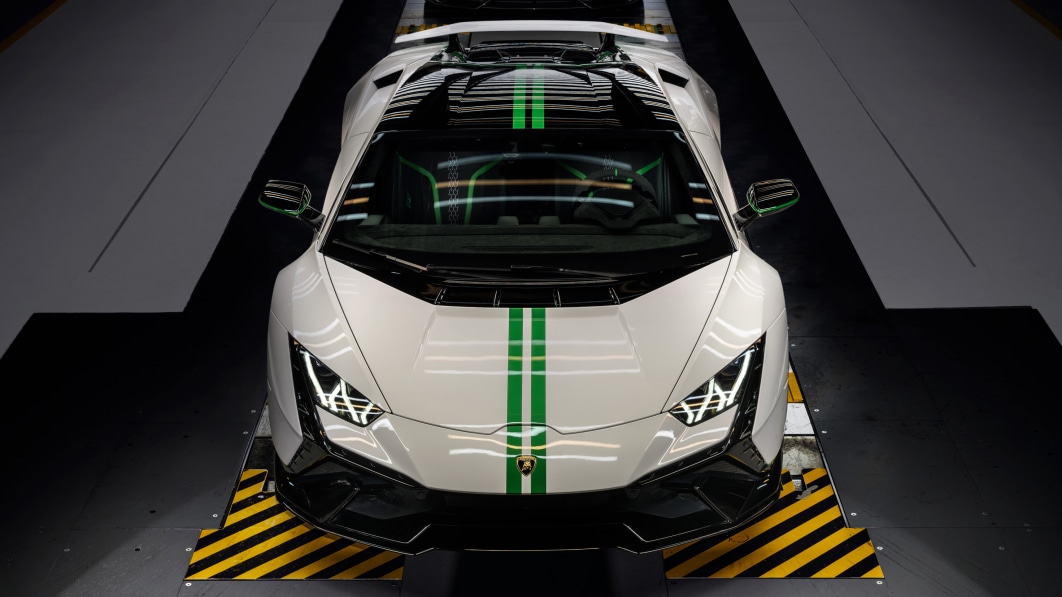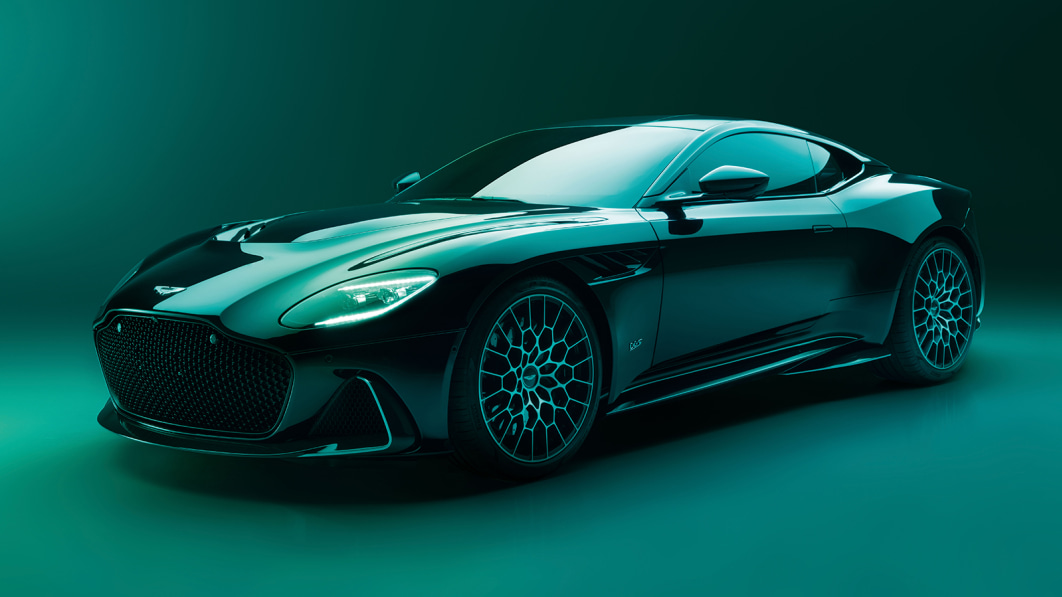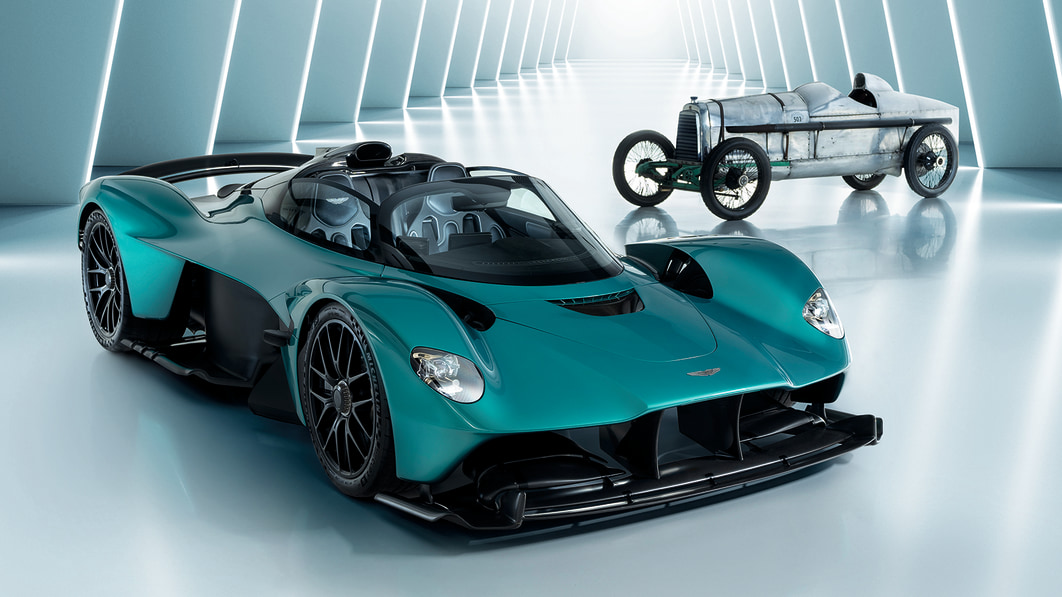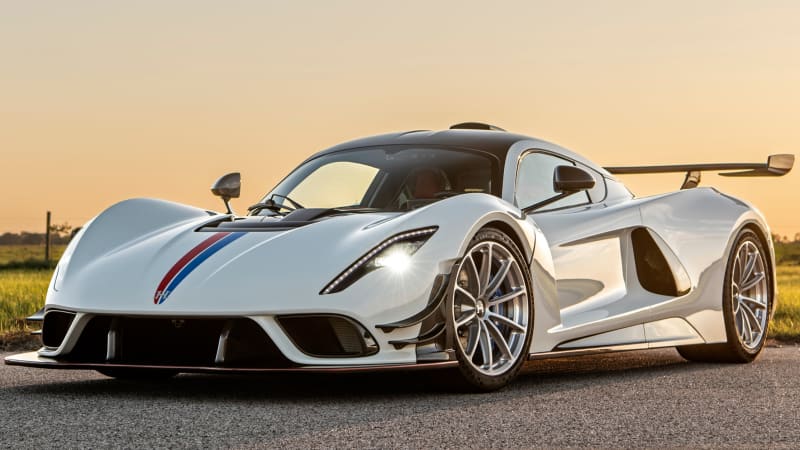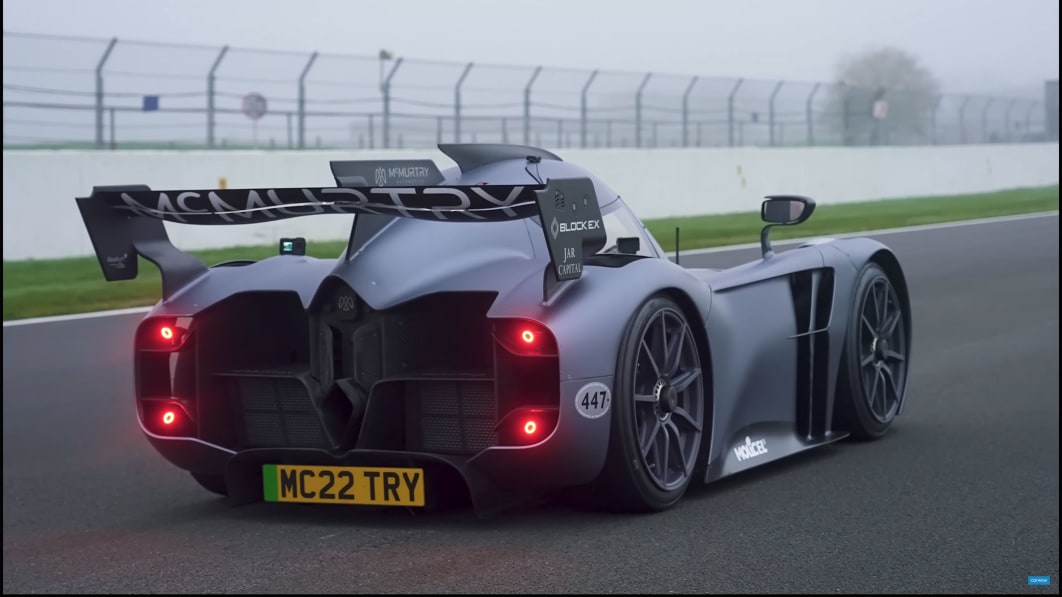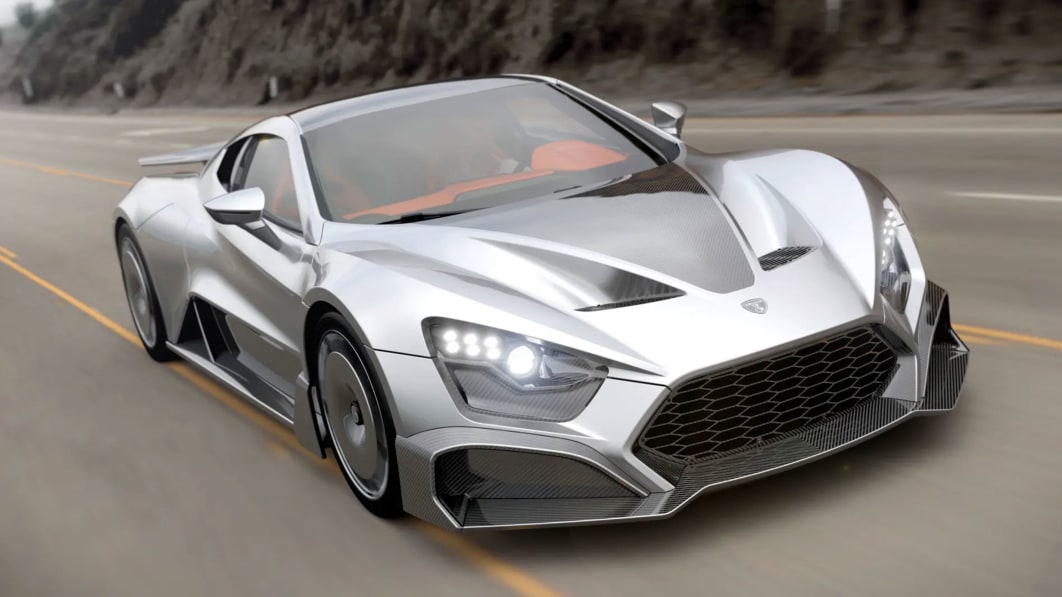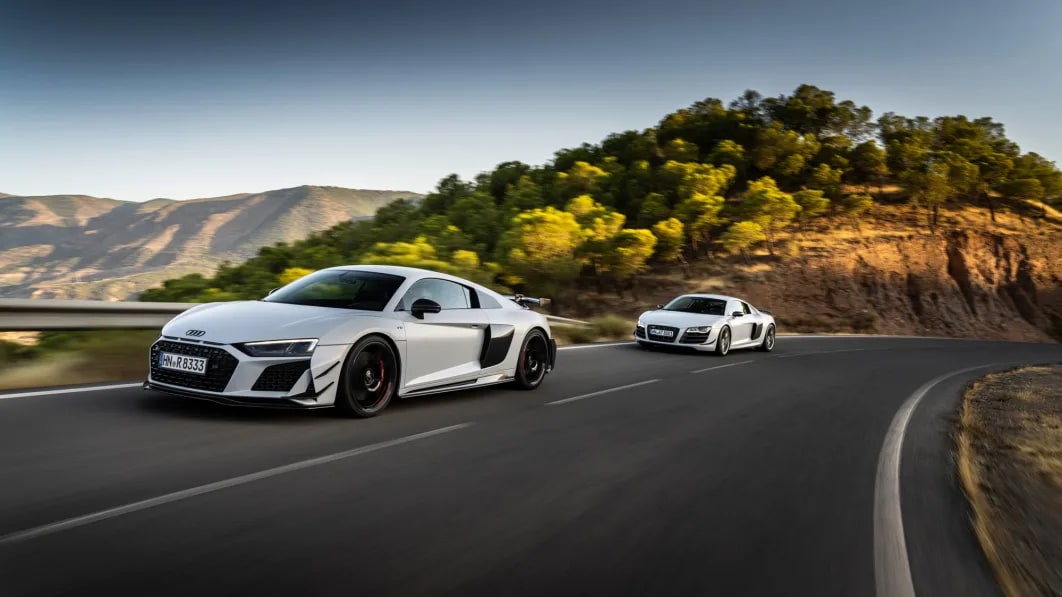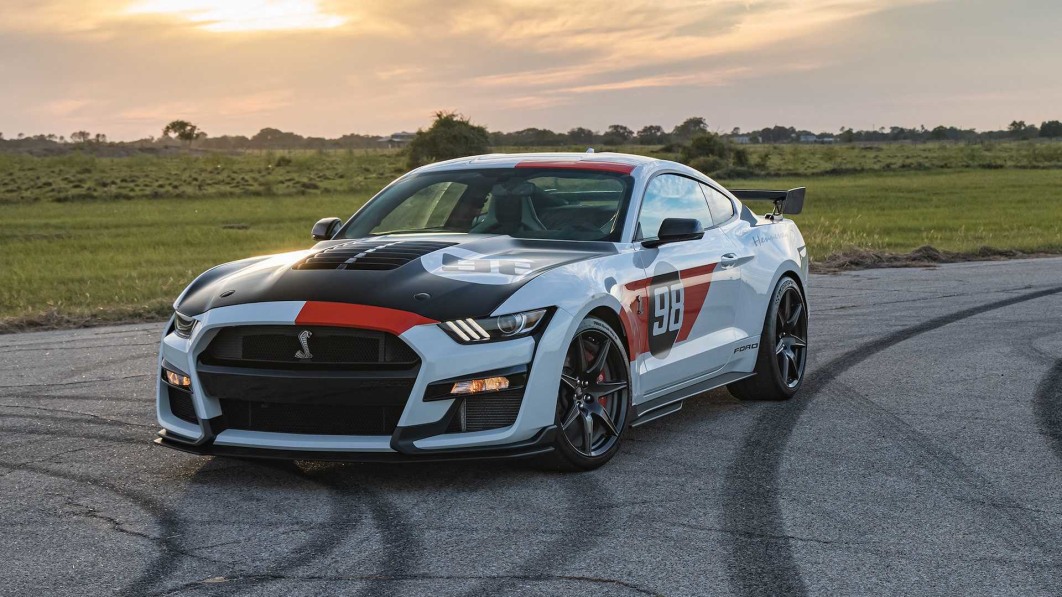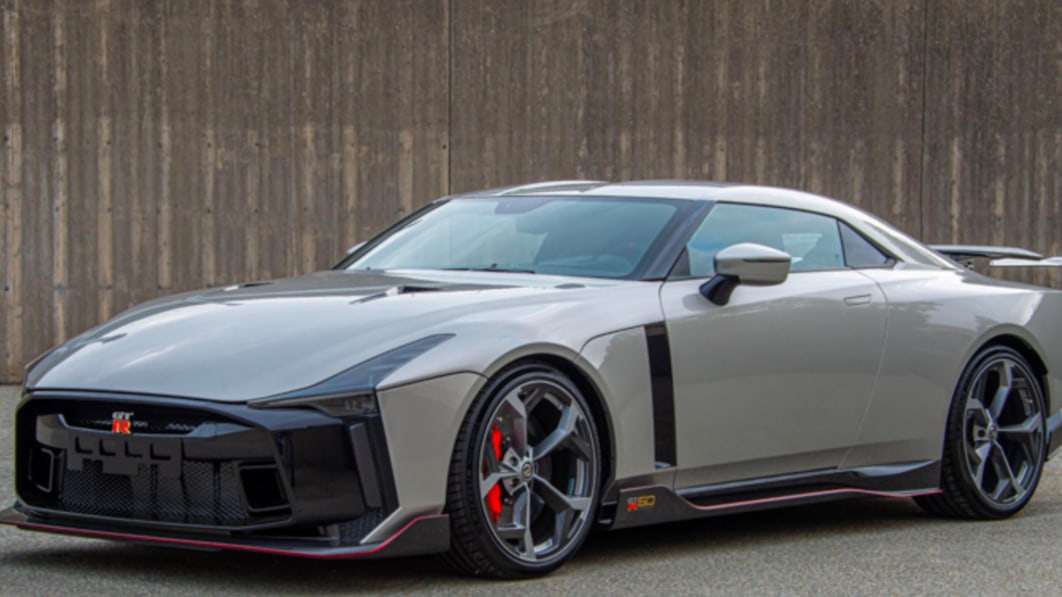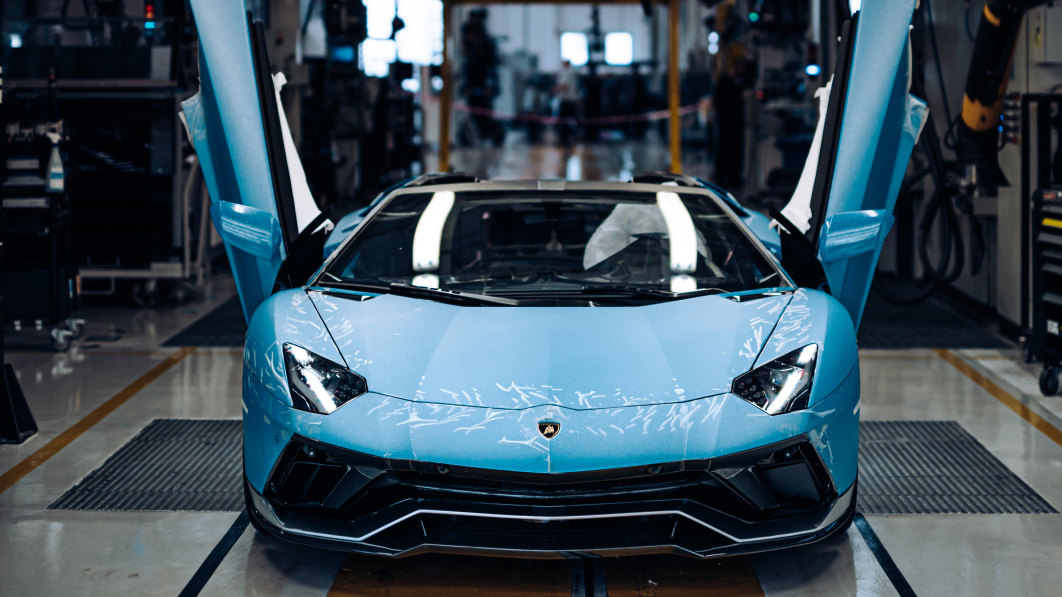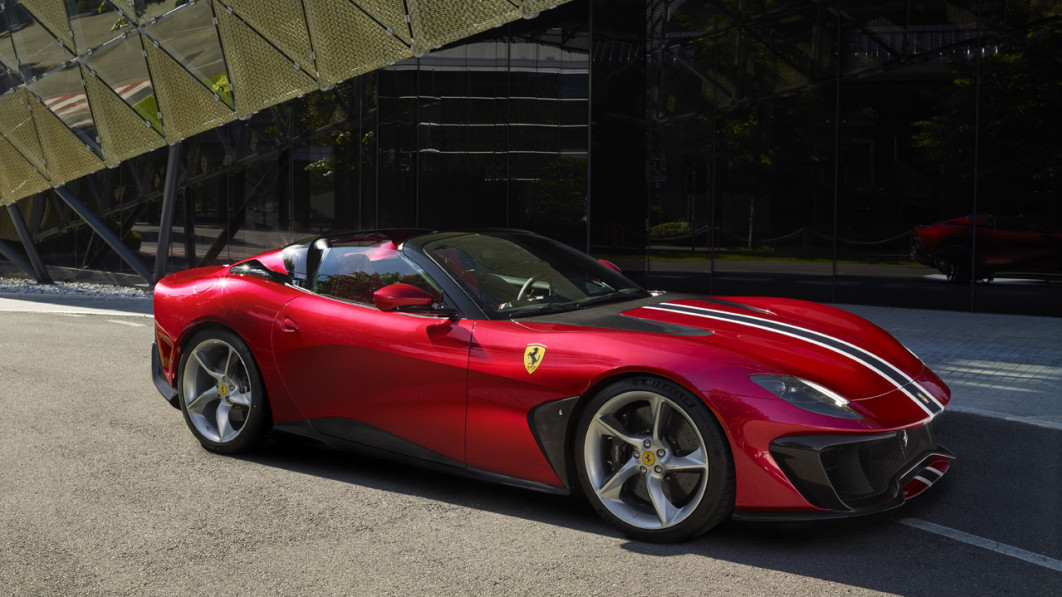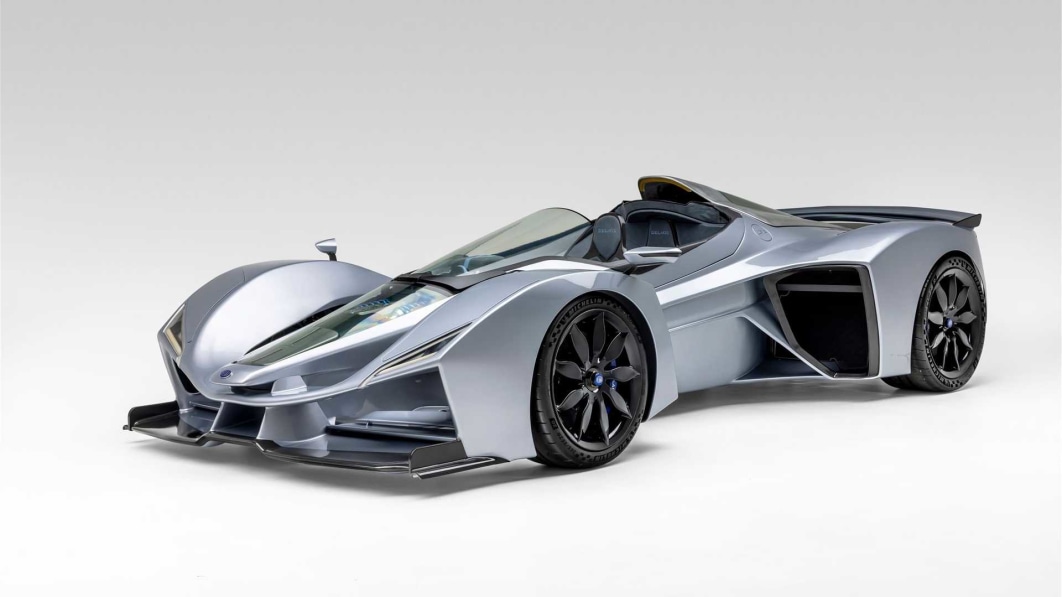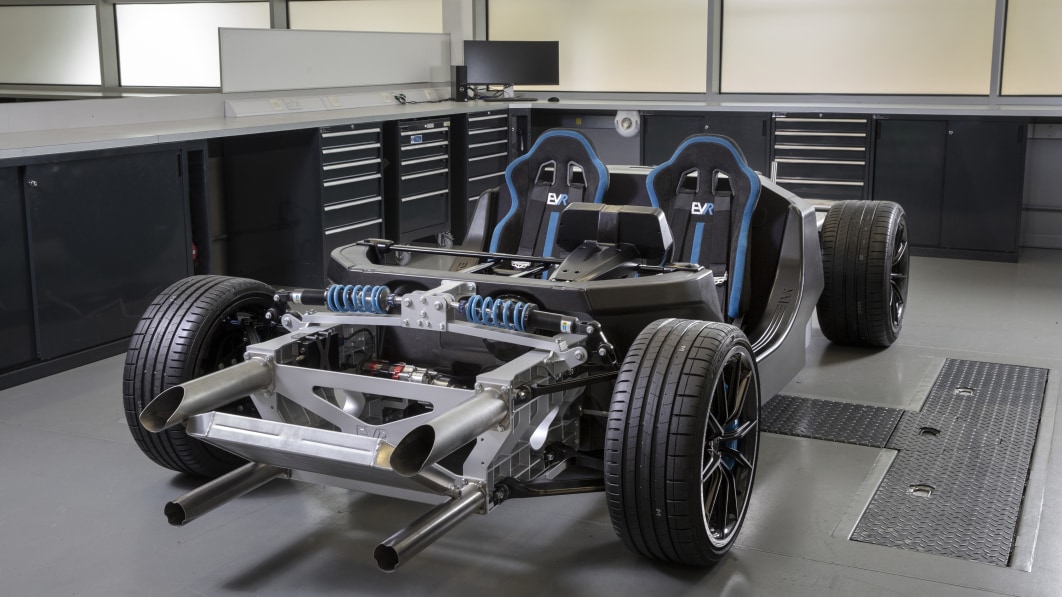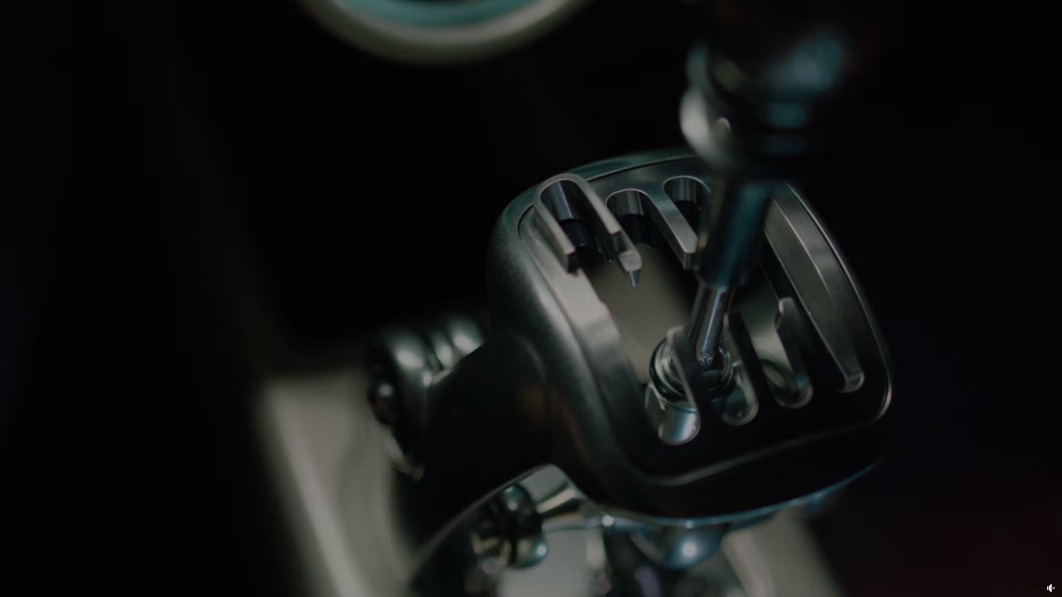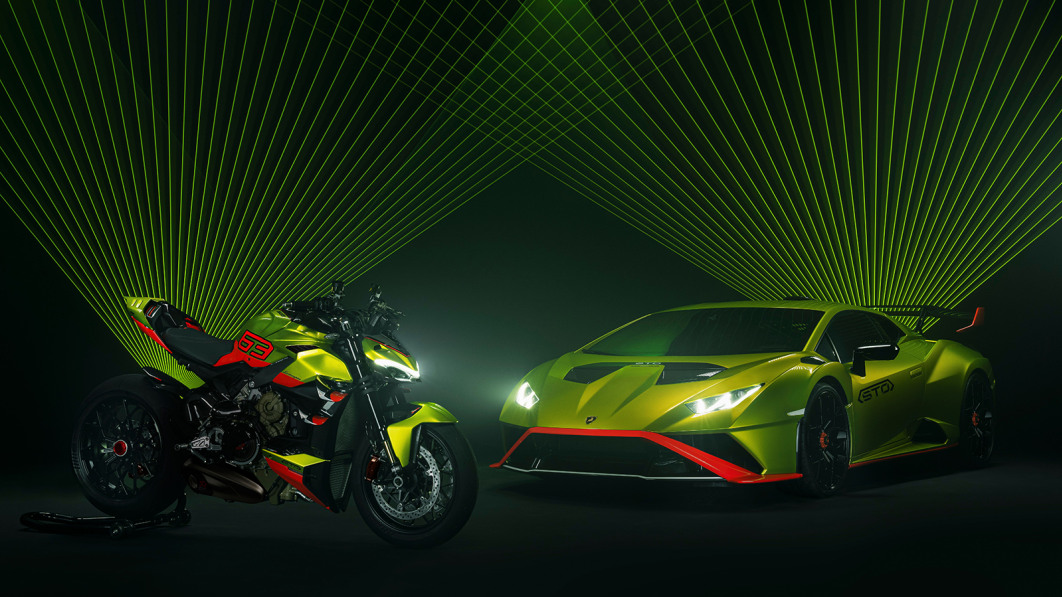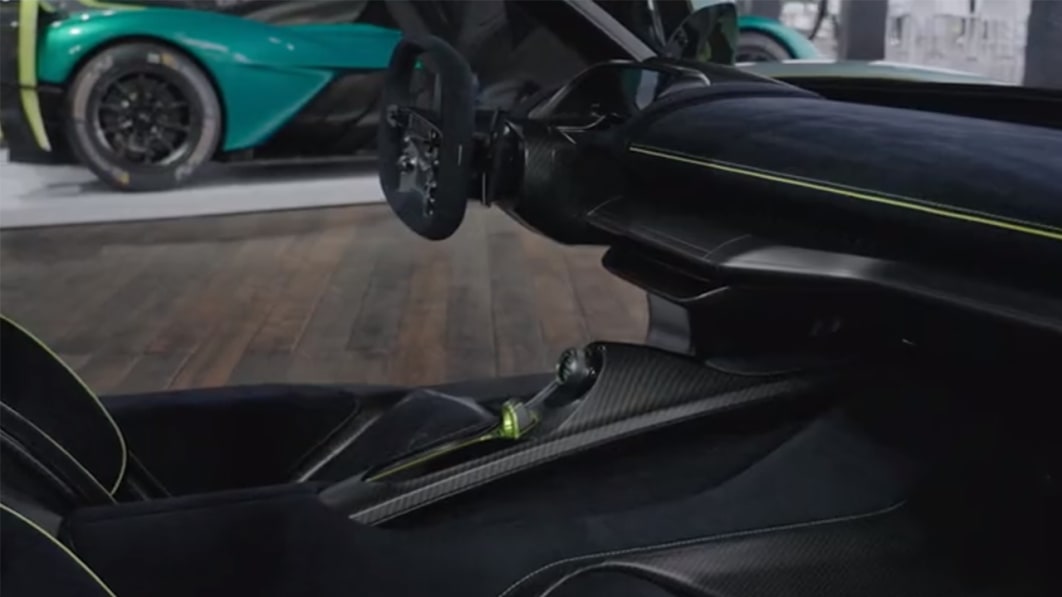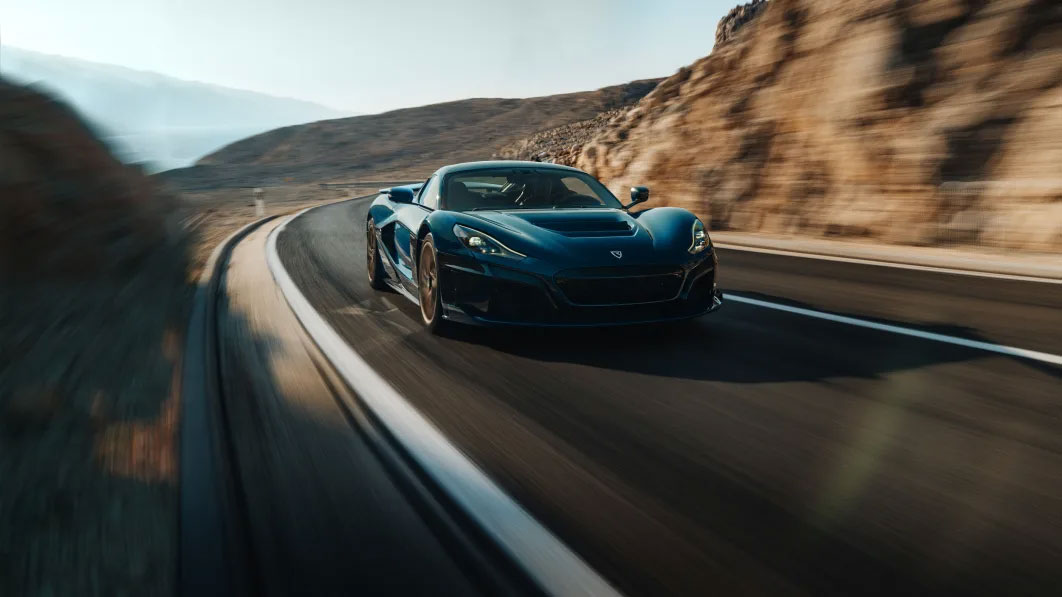Kimera EVO37 Martini 7 celebrates Martini Racing’s seven WRC trophies
Two years ago, Kimera launched its EVO37, a modern and thoroughly gorgeous tribute to the 1983 Lancia 037 World Rally Championship car. When Kimera put its EVO37 on the start line of the Sardinia Rally last year, the coupe wore the same Martini Racing Team colors used by the 1983 car. This year, Kimera is using a different Martini Racing livery to debut an evolution of the Kimera EVO37 that’s even closer to the original and celebrates the seven Lancia-powered Martini Racing Team World Rally Championship titles. The 037 won a single title, the last two-wheel-drive WRC entry to do so. The Lancia Delta S4 and its variations won the remainder. Company boss Luca Betti again worked with Miki Biasion, who won back-to-back WRC Driver’s Championships piloting the Lancia Delta, and Lancia engineers of the time to lighten and sharpen the EVO37 into the Martini 7.
Starting with the performance mods, the supercharged and turbocharged 2.1-liter four-cylinder now makes 550 horsepower instead of 505 hp, and 406 pound-feet of torque. Power heads to the rear axle via a standard manual or optional sequential transmission, but the gears have shorter, more rally-like ratios. Gawkers are invited to further appreciate what lies behind the cockpit thanks to the new quick-release lower bumper as was found on the Lancia 037 Evo 2. Undoing the clips shows quad pipes in a white ceramic coating matching the new paintwork that runs all the way up the exhaust runners.
The new carbon fiber aero package adds intakes behind the front doors, vents on the tops of the fenders, and additional descending steps in the engine cover surround. The new wheels recall the Delta Evoluzione, as does the passenger compartment, now made entirely from carbon fiber and getting the car down to about 2,425 pounds. The seats are inspired by those in the Delta S4, trimmed in blue perforated Alcantara with red stitching that matches accents on the door cards and ceiling. The gauges glow in fluorescent orange, the buttons and knobs laid out just as they were in the 1983 Lancia 037.
The pearl effect white Martini Racing Livery with blue, light blue, and red strips comes most resembles that of the special edition Lancia Delta Martini 5 and Martini 6 cars, produced in the early 1990s to celebrate the Delta’s fifth and sixth WRC trophies. The other obvious indications this is something different are the “World Rally Championship” script along the sides and “Martini Racing” on the rear spoiler.
As with the first iteration, Kimera will make just 37 of the EVO37 Martini 7. We hope those light bars are part of the package, because it would be criminal to drive this without them. Kimera didn’t release a price, but somewhere north of the 480,000 euros ($533,700 U.S.) of the original is a good place to start dreaming.


